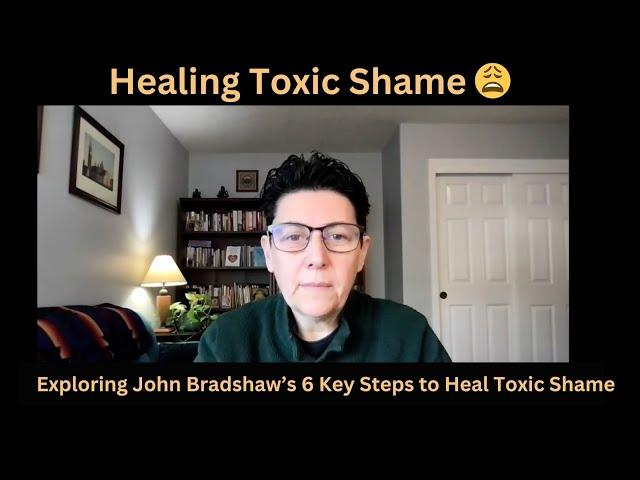
Healing Toxic Shame -Six Keys to Break the Cycle
Комментарии:
Healing Toxic Shame -Six Keys to Break the Cycle
Davina Kotulski
ЗАПОР + СОДА Помогает ли сода от запора
ТОП 100 ВРАЧЕЙ
Using the new Plano Public Library catalog - old version
Plano Public Library
Altimetry explained: QFE, QNH, and QFF
bristolgroundschool
FRM Course Duration #frm #frmexam
QuintEdge
Immunity Task | Bigg Boss 17
Colors TV
MiG-29 Nearly SHOT DOWN by Surface-to-Air Missile - Military Simulation
Creative Comparison
The Ideal Week of Any Manager. What Should You Consider?
Александр Высоцкий


























